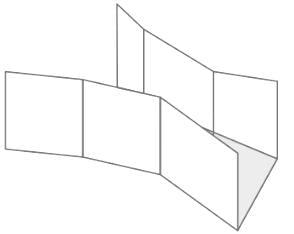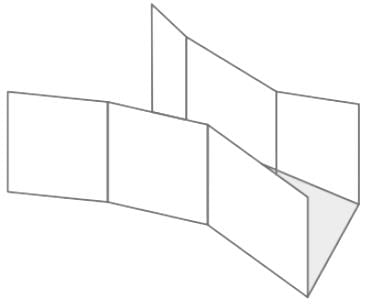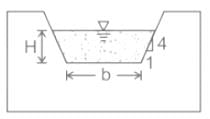Civil Engineering (CE) Exam > Civil Engineering (CE) Tests > Test: Weirs & Notches - Civil Engineering (CE) MCQ
Test: Weirs & Notches - Civil Engineering (CE) MCQ
Test Description
10 Questions MCQ Test - Test: Weirs & Notches
Test: Weirs & Notches for Civil Engineering (CE) 2025 is part of Civil Engineering (CE) preparation. The Test: Weirs & Notches questions and answers have been prepared
according to the Civil Engineering (CE) exam syllabus.The Test: Weirs & Notches MCQs are made for Civil Engineering (CE) 2025 Exam.
Find important definitions, questions, notes, meanings, examples, exercises, MCQs and online tests for Test: Weirs & Notches below.
Solutions of Test: Weirs & Notches questions in English are available as part of our course for Civil Engineering (CE) & Test: Weirs & Notches solutions in
Hindi for Civil Engineering (CE) course.
Download more important topics, notes, lectures and mock test series for Civil Engineering (CE) Exam by signing up for free. Attempt Test: Weirs & Notches | 10 questions in 30 minutes | Mock test for Civil Engineering (CE) preparation | Free important questions MCQ to study for Civil Engineering (CE) Exam | Download free PDF with solutions
Test: Weirs & Notches - Question 1
A concrete or masonary structure placed in an open channel over which the flow occurs is called a/an:
Detailed Solution for Test: Weirs & Notches - Question 1
Test: Weirs & Notches - Question 2
In a triangular notch there is an error of 4% in observing the head, the error in the computation of discharge
Detailed Solution for Test: Weirs & Notches - Question 2
Detailed Solution for Test: Weirs & Notches - Question 3
Test: Weirs & Notches - Question 4
The horizontal to vertical side slope in case of Cipoletti weir is-
Detailed Solution for Test: Weirs & Notches - Question 4
Detailed Solution for Test: Weirs & Notches - Question 5
Detailed Solution for Test: Weirs & Notches - Question 6
Test: Weirs & Notches - Question 7
Which of the following is not a way of classifying based on the shape of opening?
Detailed Solution for Test: Weirs & Notches - Question 7
Test: Weirs & Notches - Question 8
What is not the way of classifying weir based on their shape of crest?
Detailed Solution for Test: Weirs & Notches - Question 8
Detailed Solution for Test: Weirs & Notches - Question 9
Test: Weirs & Notches - Question 10
What is not the way of classifying weir based on the emerging nappe?
Detailed Solution for Test: Weirs & Notches - Question 10
Information about Test: Weirs & Notches Page
In this test you can find the Exam questions for Test: Weirs & Notches solved & explained in the simplest way possible.
Besides giving Questions and answers for Test: Weirs & Notches, EduRev gives you an ample number of Online tests for practice
Download as PDF


























